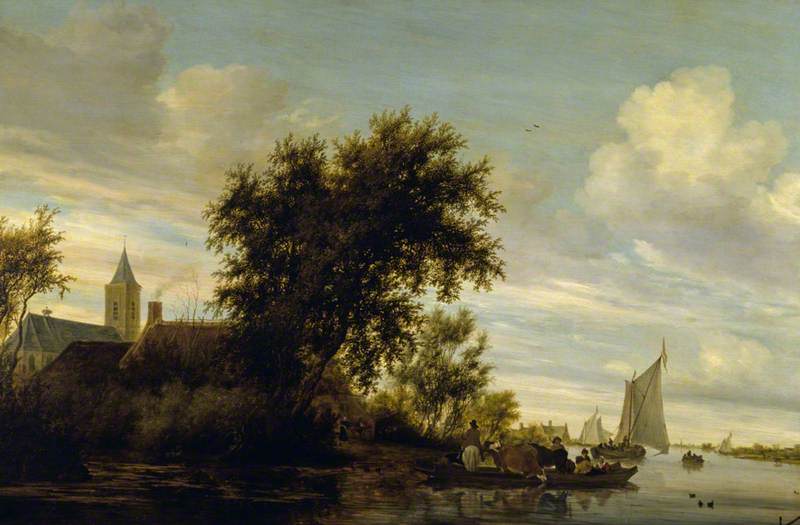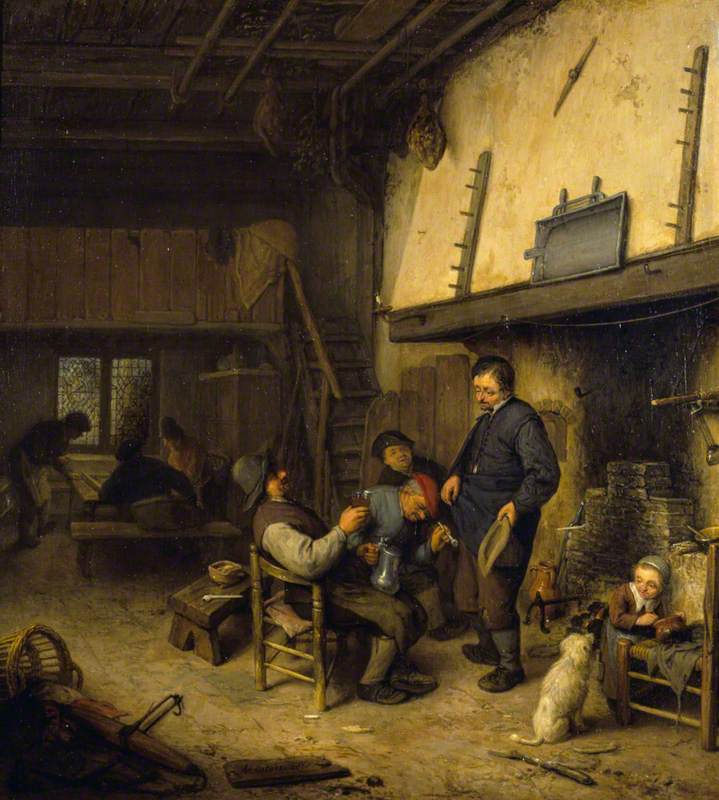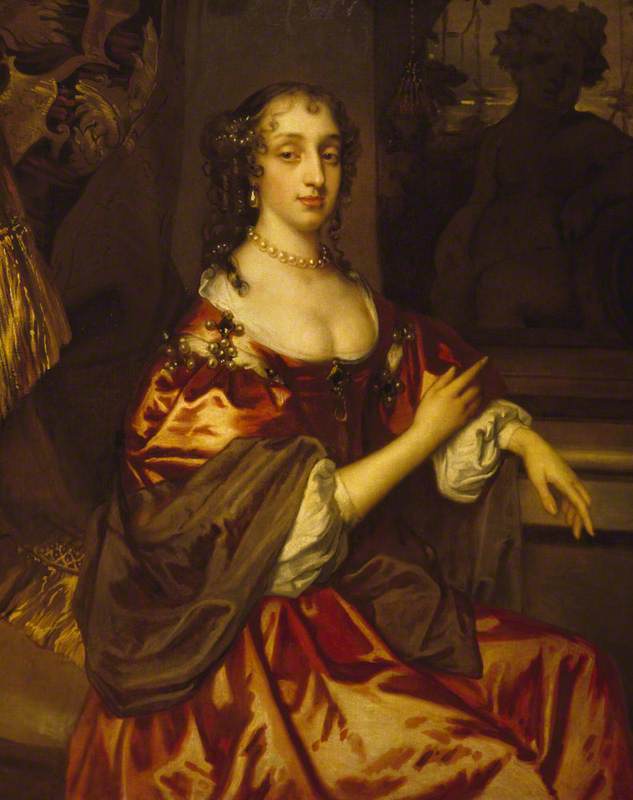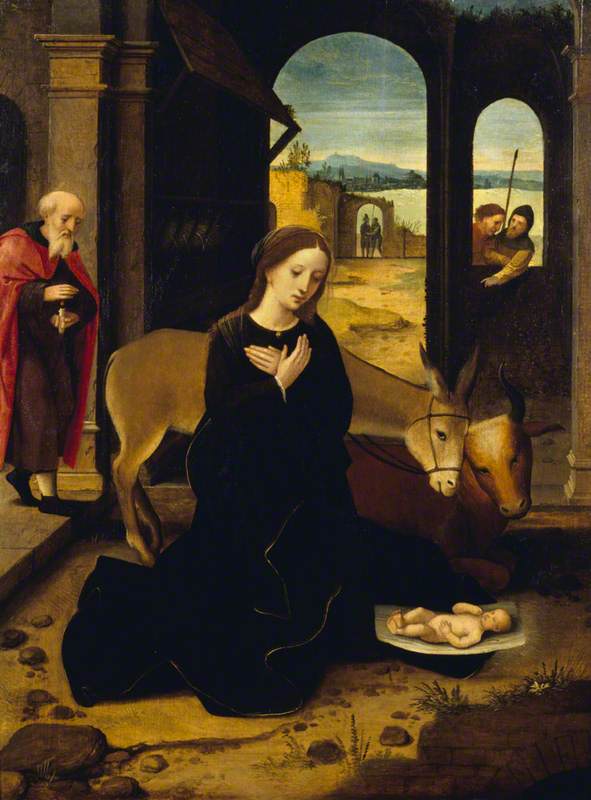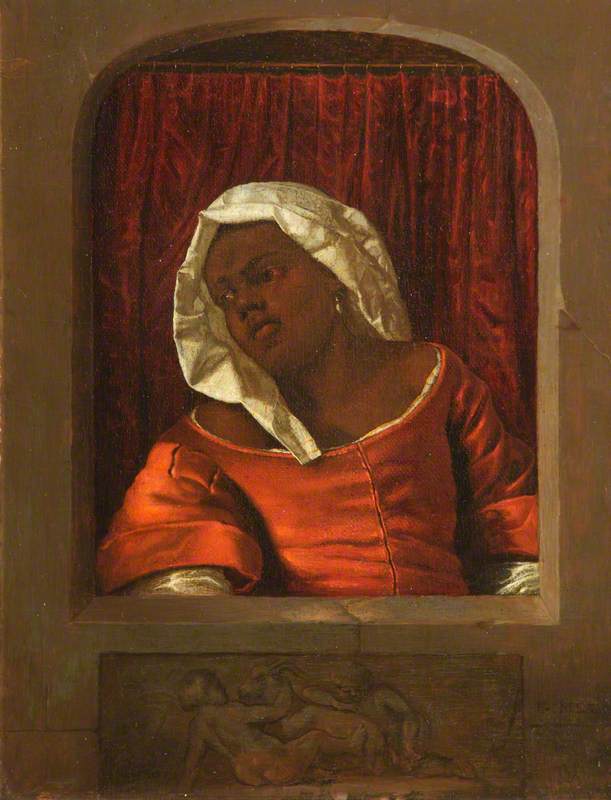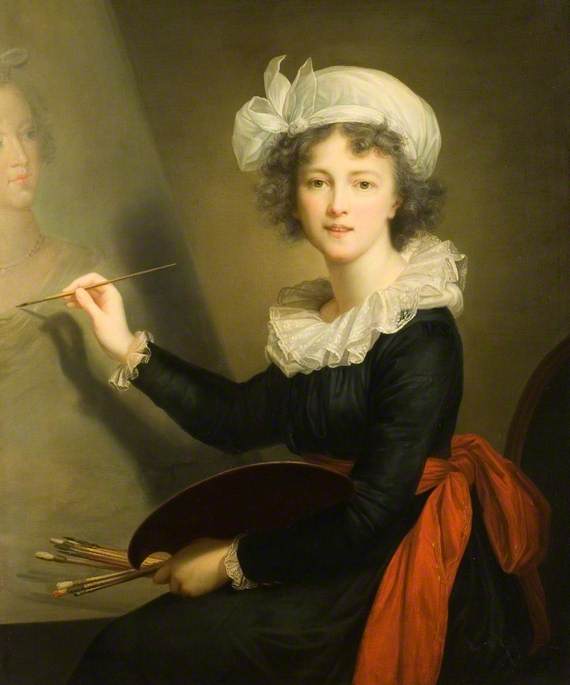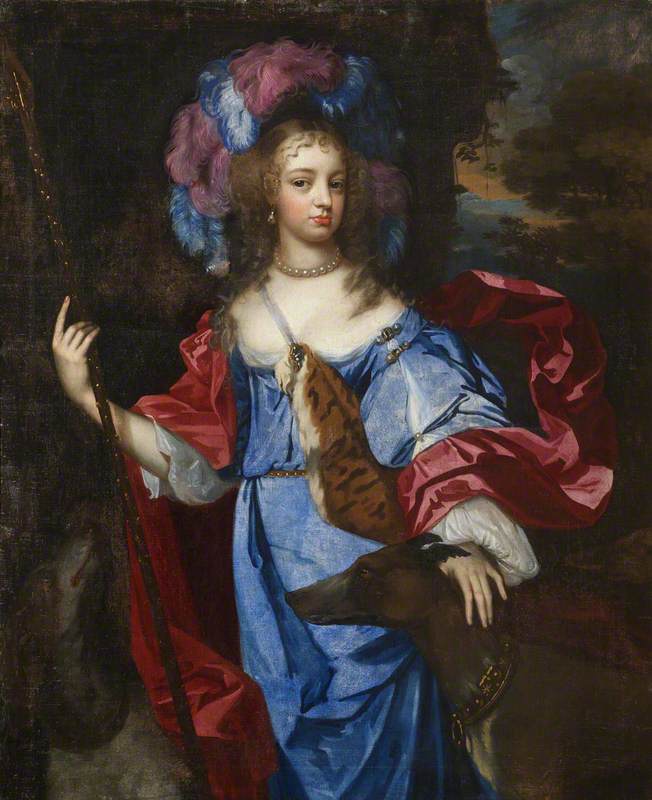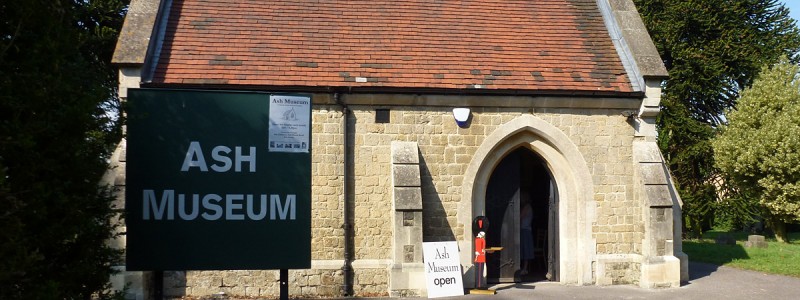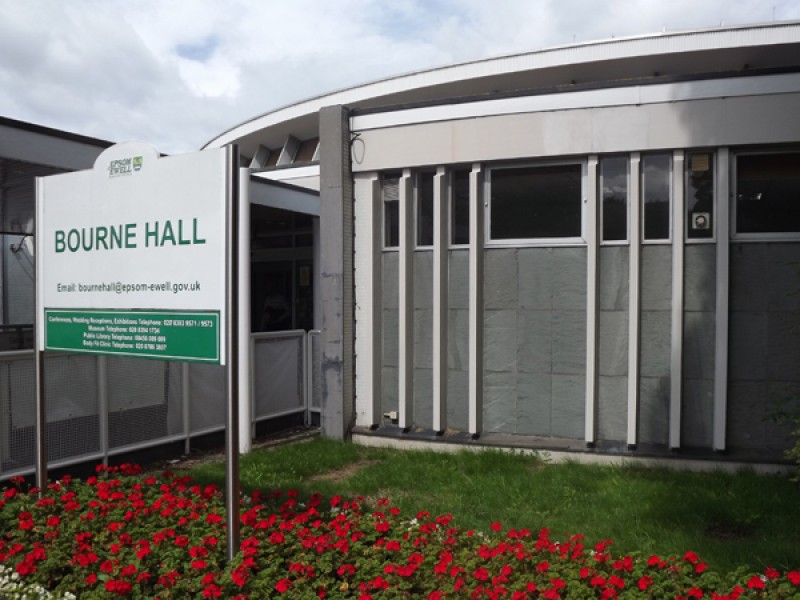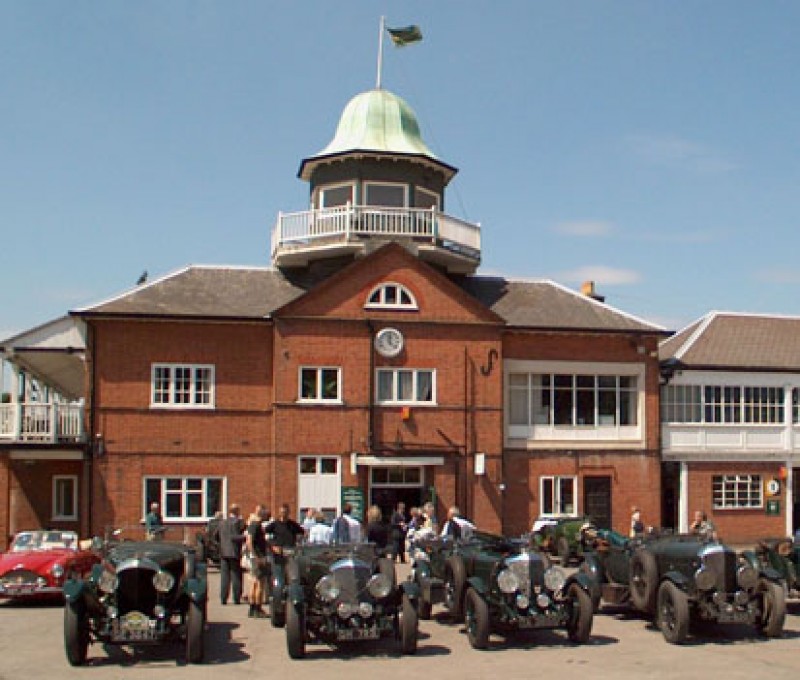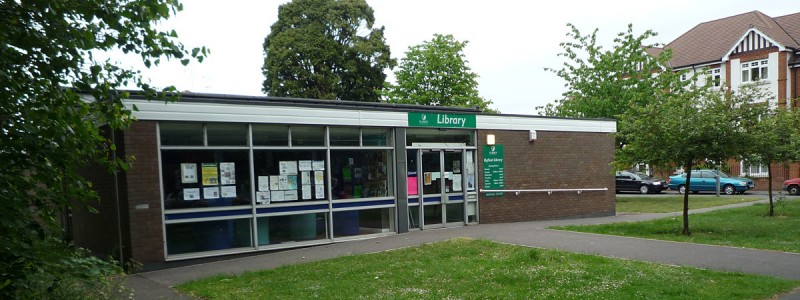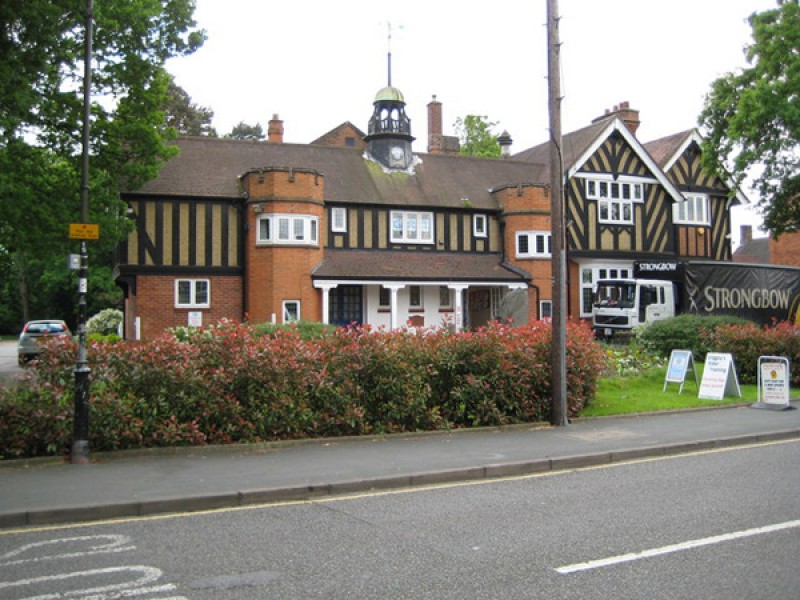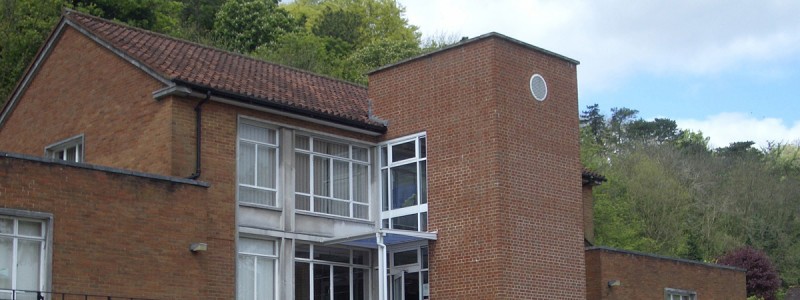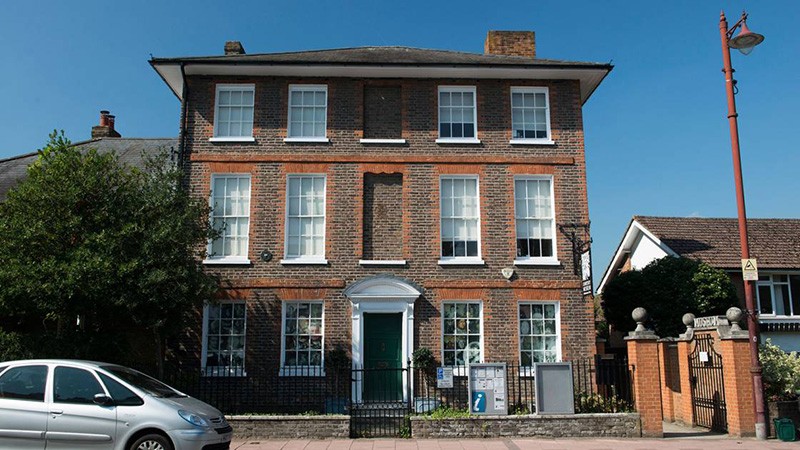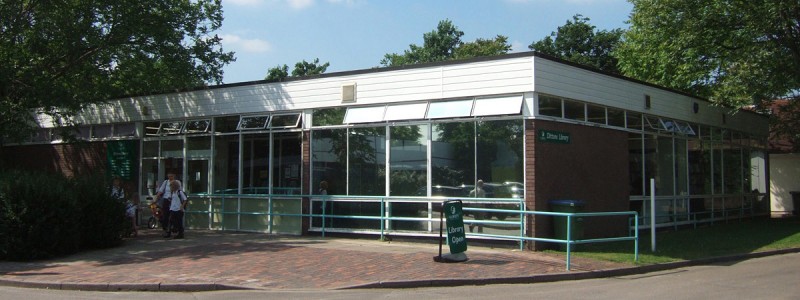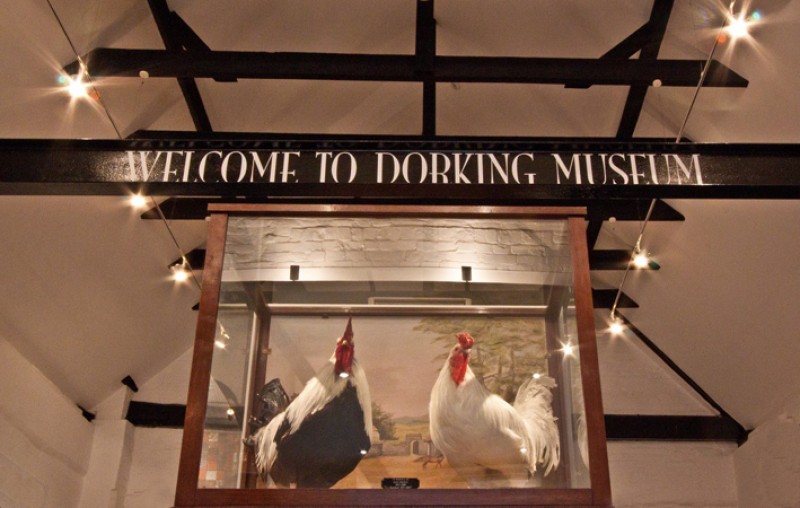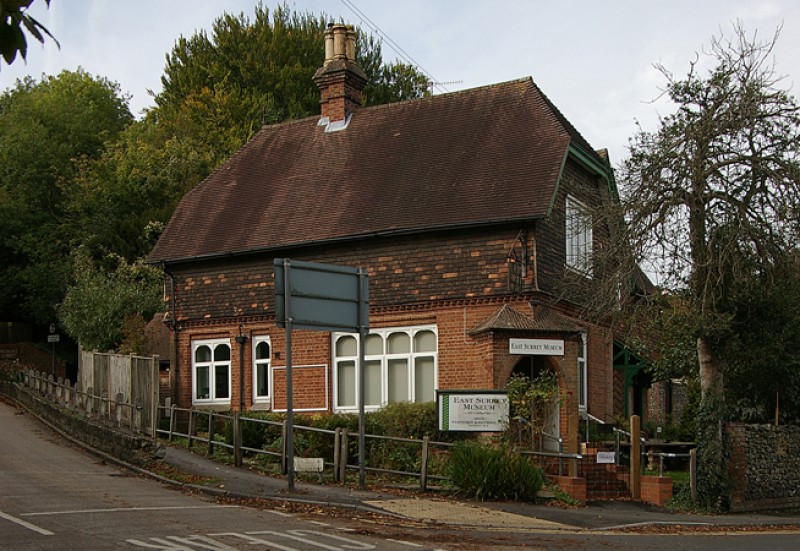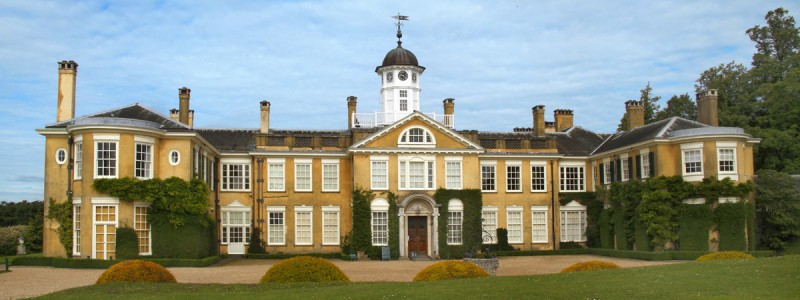
National Trust
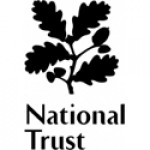
Open to the public
Historic house or home in Surrey
100 artworks
Part of National Trust
Plan a visitArtists
-
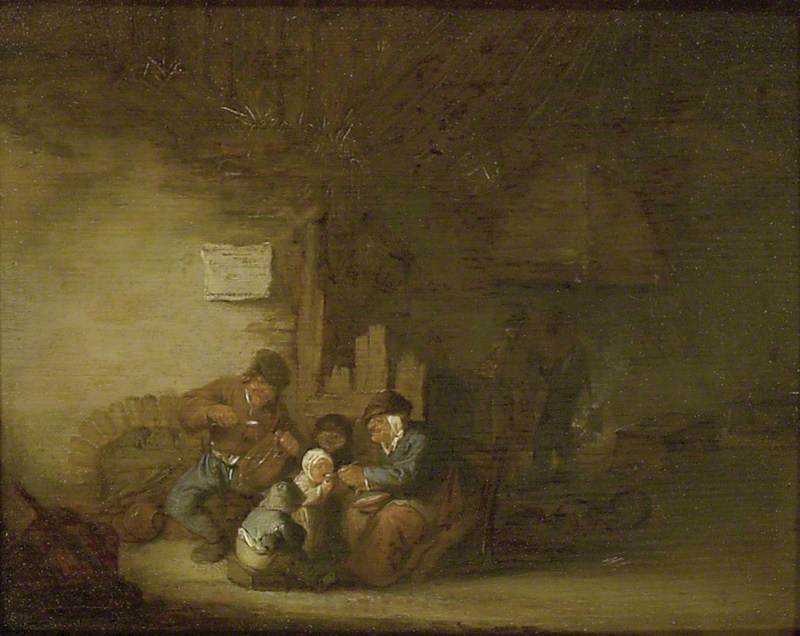 Adriaen van Ostade (1610–1685)
Adriaen van Ostade (1610–1685) -
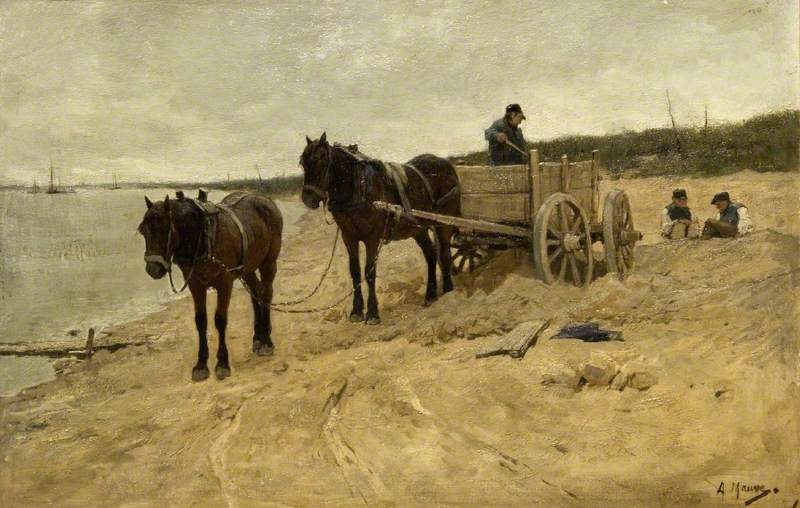 Anton Mauve (1838–1888)
Anton Mauve (1838–1888) -
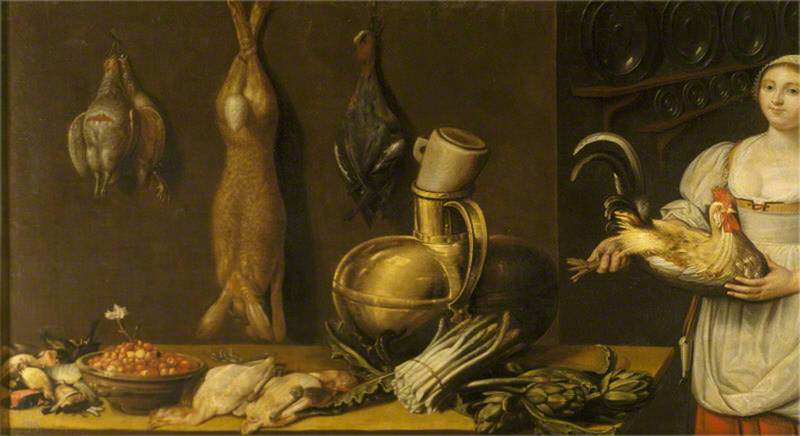 Franco/Flemish School
Franco/Flemish School -
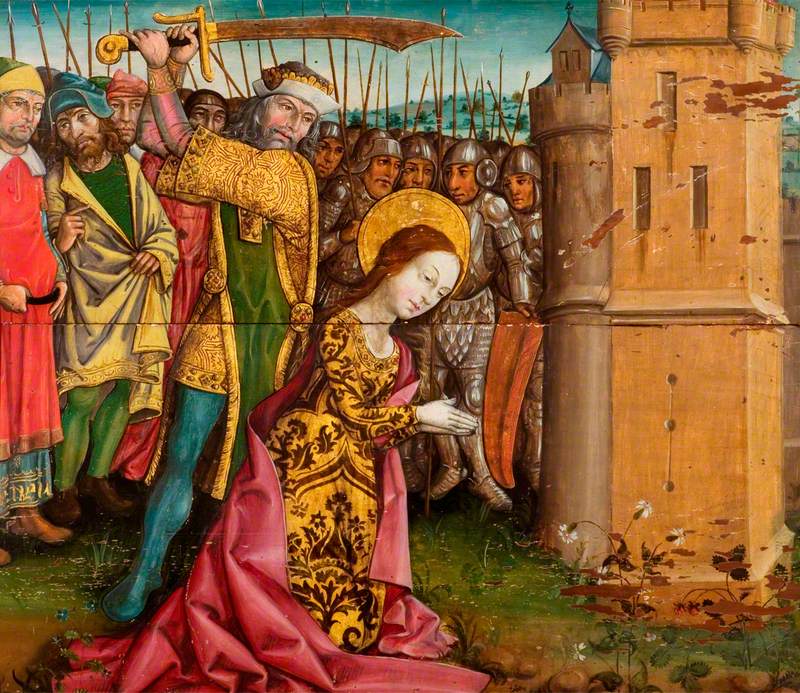 Flemish School
Flemish School -
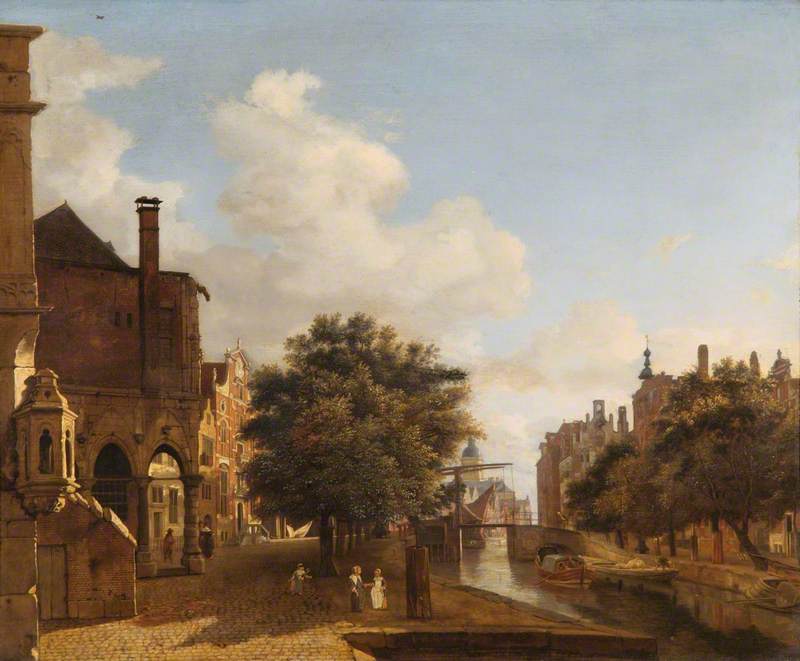 Jan van der Heyden (1637–1712)
Jan van der Heyden (1637–1712) -
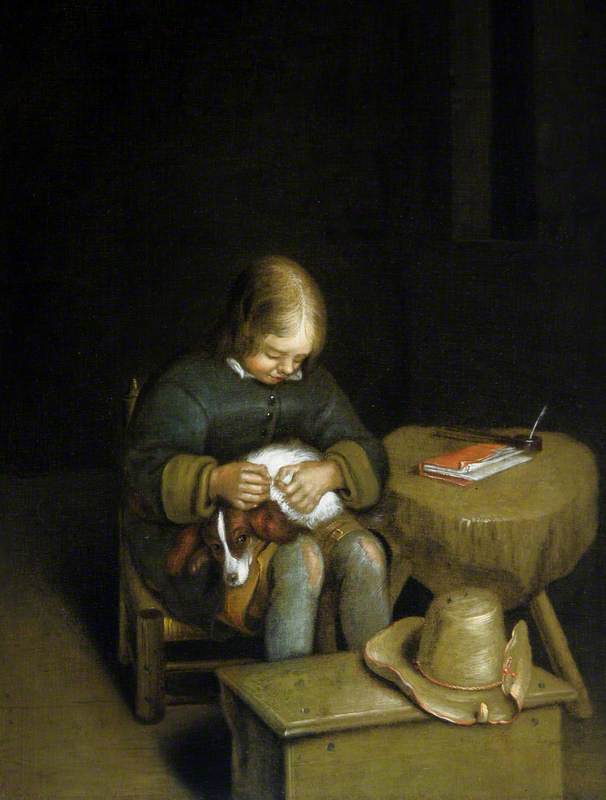 Gerard ter Borch the younger (1617–1681)
Gerard ter Borch the younger (1617–1681) -
 Italo-Byzantine School
Italo-Byzantine School -
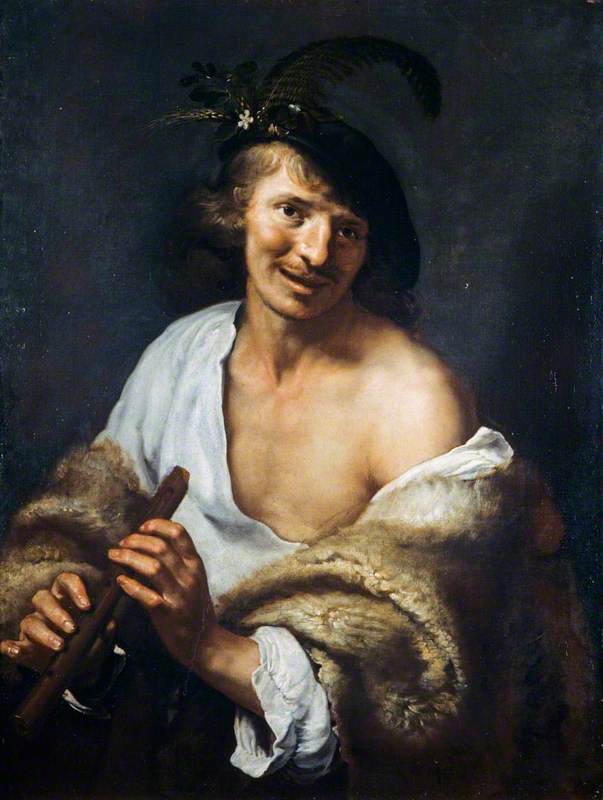 Paulus Moreelse (1571–1638)
Paulus Moreelse (1571–1638) -
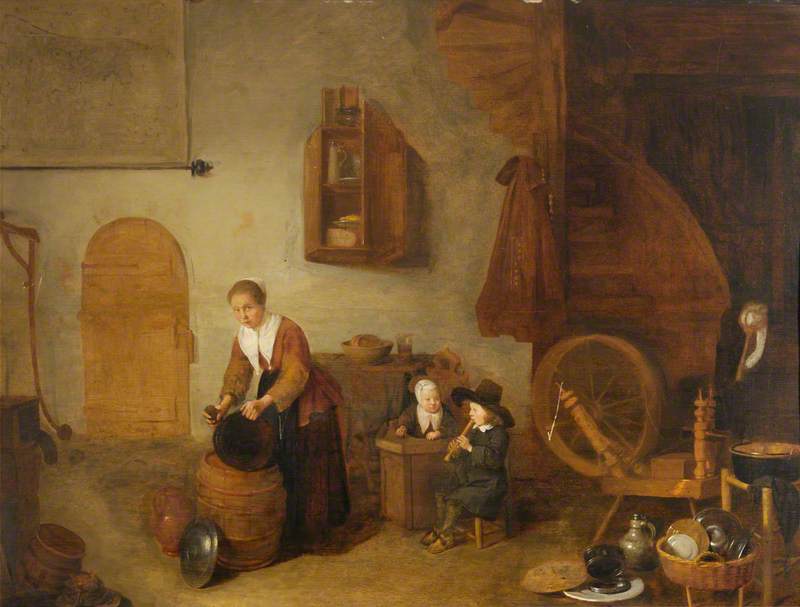 Quiringh Gerritsz van Brekelenkam (after 1622–1669 or after)
Quiringh Gerritsz van Brekelenkam (after 1622–1669 or after) -
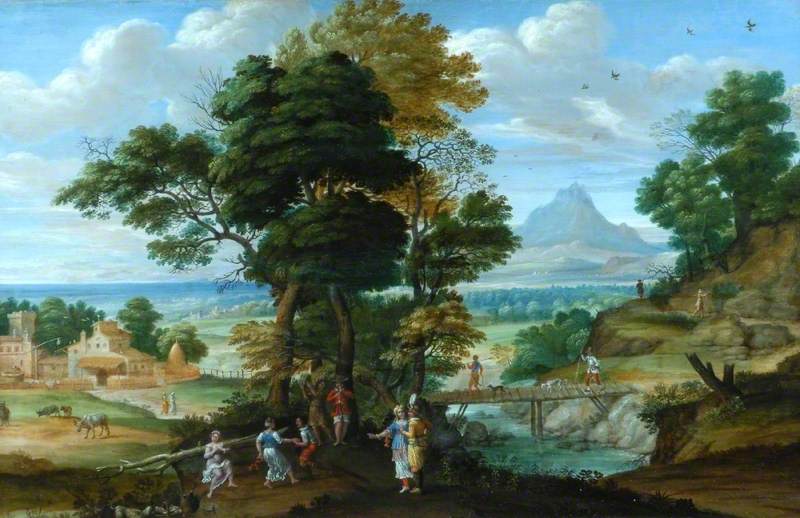 Giovanni Battista Viola (1576–1622)
Giovanni Battista Viola (1576–1622)
Stories
National Trust, Polesden Lacey is part of
National Trust
National Trust artworks can also be found at these venues
More information-
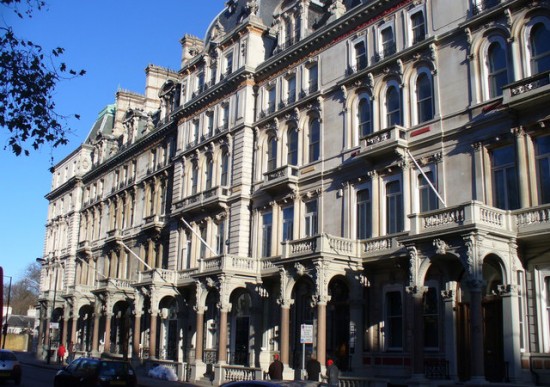 National Trust Collections
National Trust CollectionsLondon
-
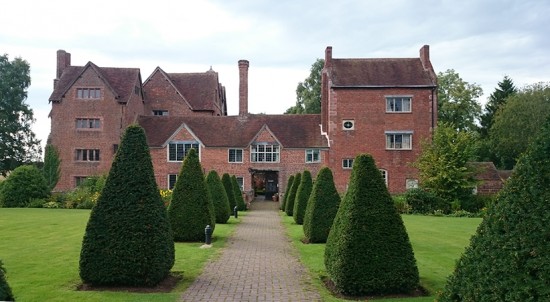 National Trust Collections at Harvington Hall
National Trust Collections at Harvington HallKidderminster
-
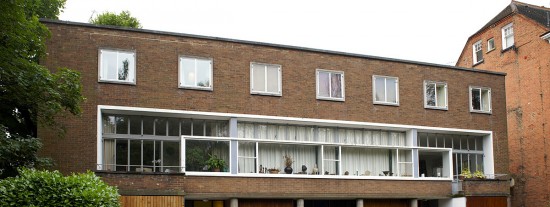
-
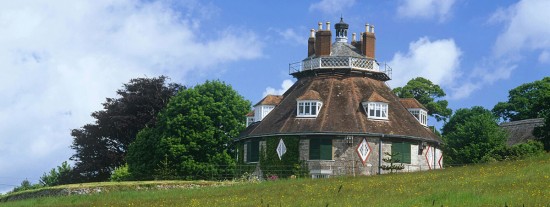 National Trust, A la Ronde
National Trust, A la RondeExmouth
-
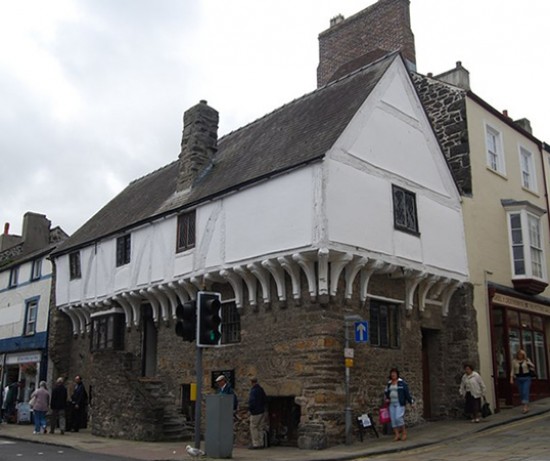
-
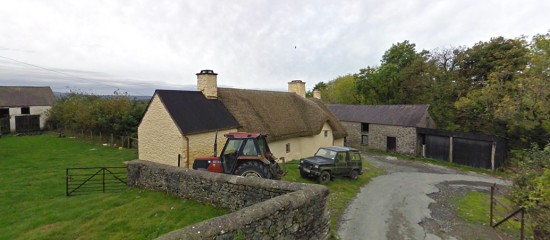 National Trust, Aberdeunant
National Trust, AberdeunantLlandeilo
-
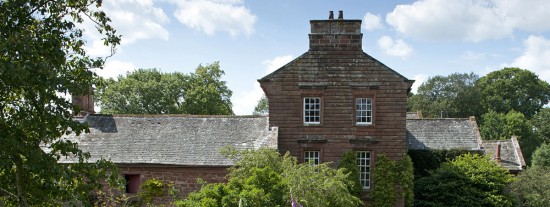 National Trust, Acorn Bank
National Trust, Acorn Banknear Penrith
-
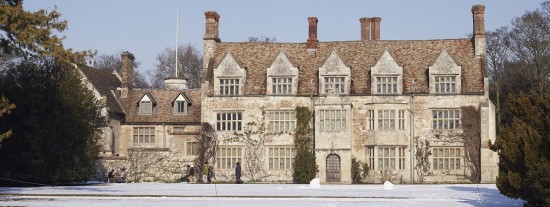 National Trust, Anglesey Abbey
National Trust, Anglesey AbbeyCambridge
-
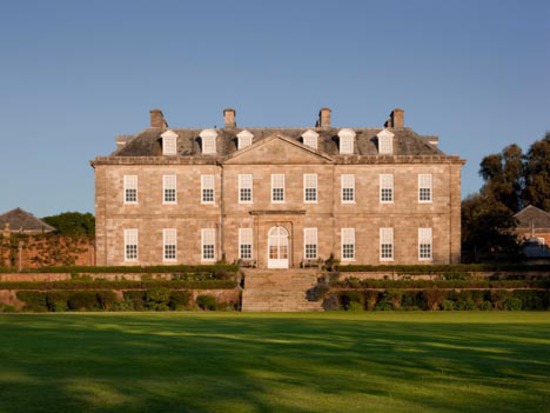 National Trust, Antony
National Trust, AntonyTorpoint
-
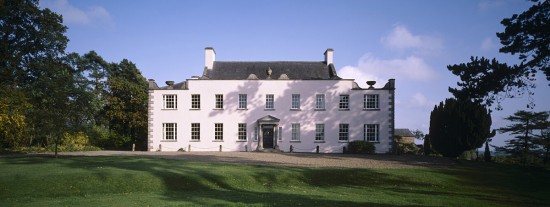 National Trust, Ardress House
National Trust, Ardress HousePortadown
-
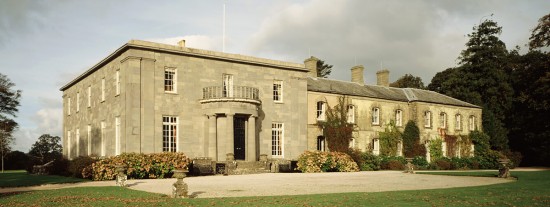
-
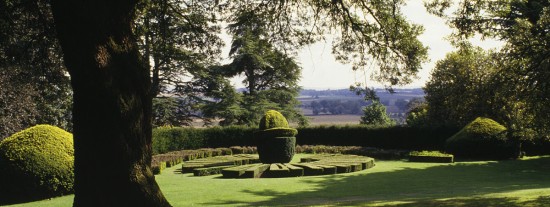 National Trust, Ascott
National Trust, Ascottnear Leighton Buzzard
-
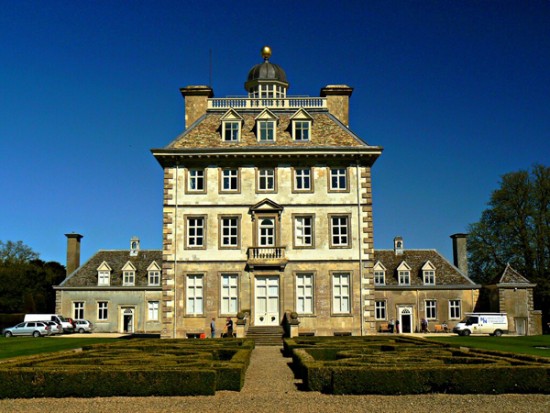 National Trust, Ashdown House
National Trust, Ashdown HouseNewbury
-
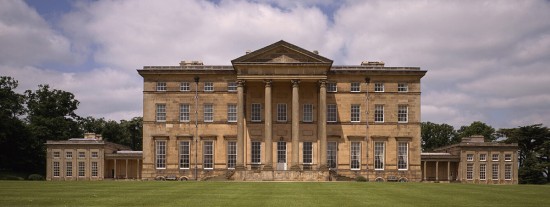 National Trust, Attingham Park
National Trust, Attingham Parknear Shrewsbury
-
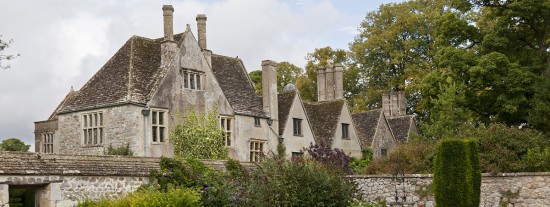 National Trust, Avebury Manor
National Trust, Avebury Manornear Marlborough
-
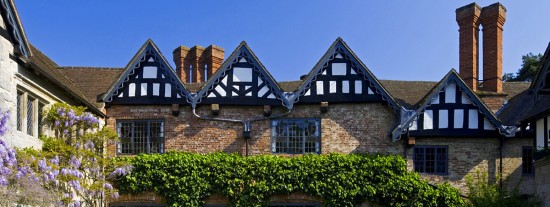 National Trust, Baddesley Clinton
National Trust, Baddesley ClintonBaddesley Clinton
-
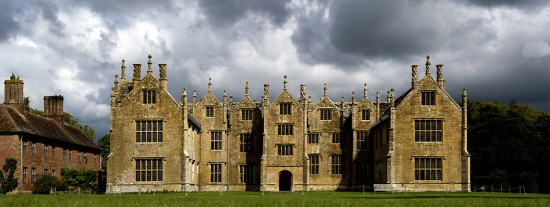 National Trust, Barrington Court
National Trust, Barrington Courtnear Ilminster
-
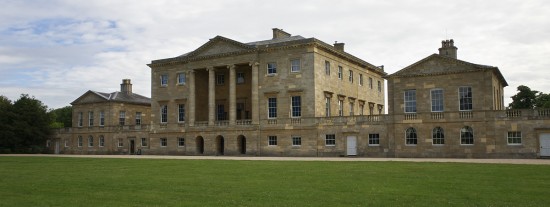 National Trust, Basildon Park
National Trust, Basildon ParkReading
-
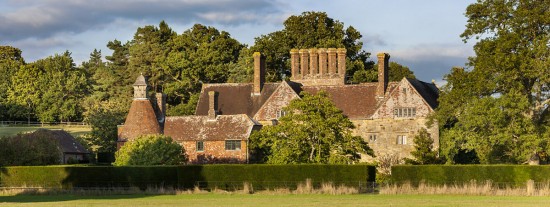
-
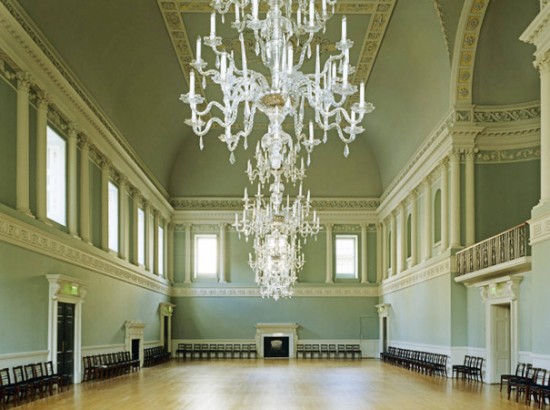
- View all 212


